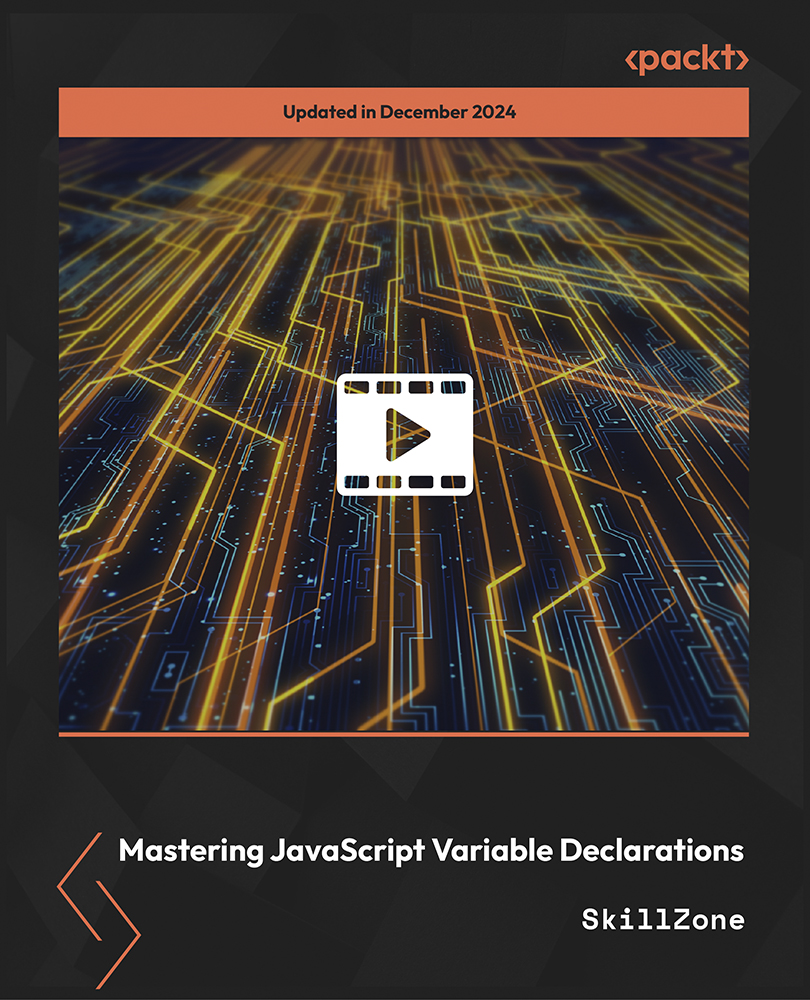In this section, we will understand, first of all, why we really need the Reactive Streams specification. We will also answer a few more questions, like—What is the use of this specification or standard, and who really needs this specification?
RSS (Reactive Streams Specification) is a standard or specification. It explains how to develop frameworks, tools, toolkits, languages, libraries, IDEs, data stores, servers, and so on, which work in Reactive.
Are we getting any benefits by following this specification? Yes. That's why we need this specification.
The main goals or benefits of this specification are as follows:
- To support reactiveness
- To support interoperability:
If we observe the preceding diagram, we can understand that many applications are using many Reactive technologies. If they follow their own approach to develop their Reactive systems, then it is a bit tough for them to talk to or work with each other. It is possible to implement some kind of adapters or interfaces to fill the gap and make them work with each other. However, it is not only an old and tedious approach, but also outdated and obsolete.
If we have a specification or standard or API similar to the Reactive Streams Specification and everybody develops their tools, frameworks, and so on, by following this, then there will be no need for extra tools, such as adapters. They can work with each other without using any adapters and without any issues.
This means it enables heterogeneous Reactive systems to work with each other, that is, work in an interoperable way.
As a Java or Scala developer, we know what the use of an API is, why we need it, and who needs it. So, we need a Reactive API or standard or specification to implement or develop Reactive libraries, Reactive servers, Reactive languages, Reactive databases, Reactive tools, Reactive applications, or systems.
Initially, a set of developers from top companies such as Lightbend, Netflix, Pivotal, Redhot, and Oracle Corporation worked together on this area and prepared a specification to develop Reactive systems (or applications) easily. This is known as RSS (Reactive Streams Specification). They requested Oracle Corporation introduce an API to develop Reactive systems easily in a way that they should work interoperably. Finally, Oracle Corporation introduced a Reactive Streams API as part of JEP-266 in JDK 9 (Java SE 9). This API is known as the Flow API.
In the next section, we will discuss this Flow API in detail.
From my point of view, specification, standard, API, interface, abstract, and blue-print are all the same. They have the same meaning.
 United States
United States
 Great Britain
Great Britain
 India
India
 Germany
Germany
 France
France
 Canada
Canada
 Russia
Russia
 Spain
Spain
 Brazil
Brazil
 Australia
Australia
 Singapore
Singapore
 Hungary
Hungary
 Ukraine
Ukraine
 Luxembourg
Luxembourg
 Estonia
Estonia
 Lithuania
Lithuania
 South Korea
South Korea
 Turkey
Turkey
 Switzerland
Switzerland
 Colombia
Colombia
 Taiwan
Taiwan
 Chile
Chile
 Norway
Norway
 Ecuador
Ecuador
 Indonesia
Indonesia
 New Zealand
New Zealand
 Cyprus
Cyprus
 Denmark
Denmark
 Finland
Finland
 Poland
Poland
 Malta
Malta
 Czechia
Czechia
 Austria
Austria
 Sweden
Sweden
 Italy
Italy
 Egypt
Egypt
 Belgium
Belgium
 Portugal
Portugal
 Slovenia
Slovenia
 Ireland
Ireland
 Romania
Romania
 Greece
Greece
 Argentina
Argentina
 Netherlands
Netherlands
 Bulgaria
Bulgaria
 Latvia
Latvia
 South Africa
South Africa
 Malaysia
Malaysia
 Japan
Japan
 Slovakia
Slovakia
 Philippines
Philippines
 Mexico
Mexico
 Thailand
Thailand
















